
Wolff-kishner reduction cannot be used in which of the following?
A.

B.
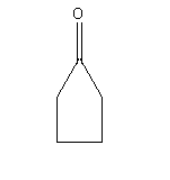
C.
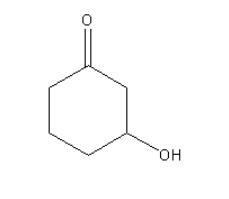
D.





Answer
557.4k+ views
Hint: The reduction of aldehyde and ketones by alkaline hydrazine solution is called Wolff-kishner reduction reaction. In this reaction aldehyde and ketone functional groups are reduced to alkane functional groups.
Complete Step by step answer: In Wolff-kishner reduction reaction aldehyde and ketone are reduced to alkane in alkaline hydrazine solution.
The mechanism of the general reaction is as follows:
Step1: Nucleophilic attack of hydrazine to the electrophilic carbonyl group and conversion of aldehyde or ketone to hydrazone.
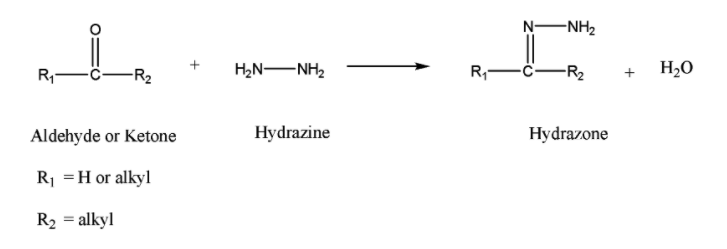
Step2: Deprotonation of terminal nitrogen by the base.

Step3: Protonation of carbon by a water molecule.

Step 4: Again there is deprotonation of terminal nitrogen and carbanion and nitrogen gas formed.

Step5: Again there is protonation of carbon by a water molecule.

In this reaction the first step is the nucleophilic attack of hydrazine to electrophilic carbonyl group so in the case of reactants containing more than one carbonyl group reaction favour the reduction of the more electrophilic carbonyl group.
In the case of following organic compounds given in option A as carbonyl of an acyl chloride is more electropositive due to electron-withdrawing effect of chloride group than ketonic carbonyl so Wolff-kishner reduction cannot be used. Also, the ketone group is sterically hindered by the acyl chloride group. Reactant A will not be reduced to an alkane.
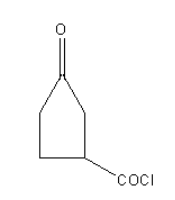
So, option (A) is the correct answer.
Wolff-kishner reduction can be used for the compound given in option B as it contains only ketonic carbonyl groups.
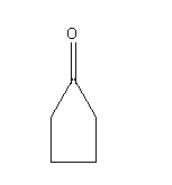
Wolff-kishner reduction can be used for the compound given in option C as it contains only ketonic carbonyl group. The Hydroxyl group will not affect the reduction.

Wolff-kishner reduction can be used for the compound given in option D as it contains only the aldehydic carbonyl group.
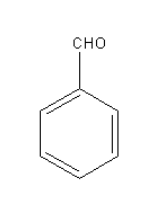
Thus, the correct option is (A)

Note: Wolff-kishner reduction cannot be used for sterically hindered aldehyde and ketone. For Wolff-kishner reduction reaction medium should be basic. The presence of different carbonyl function groups other than aldehyde and ketone results in a different product.
Complete Step by step answer: In Wolff-kishner reduction reaction aldehyde and ketone are reduced to alkane in alkaline hydrazine solution.
The mechanism of the general reaction is as follows:
Step1: Nucleophilic attack of hydrazine to the electrophilic carbonyl group and conversion of aldehyde or ketone to hydrazone.

Step2: Deprotonation of terminal nitrogen by the base.

Step3: Protonation of carbon by a water molecule.

Step 4: Again there is deprotonation of terminal nitrogen and carbanion and nitrogen gas formed.

Step5: Again there is protonation of carbon by a water molecule.

In this reaction the first step is the nucleophilic attack of hydrazine to electrophilic carbonyl group so in the case of reactants containing more than one carbonyl group reaction favour the reduction of the more electrophilic carbonyl group.
In the case of following organic compounds given in option A as carbonyl of an acyl chloride is more electropositive due to electron-withdrawing effect of chloride group than ketonic carbonyl so Wolff-kishner reduction cannot be used. Also, the ketone group is sterically hindered by the acyl chloride group. Reactant A will not be reduced to an alkane.

So, option (A) is the correct answer.
Wolff-kishner reduction can be used for the compound given in option B as it contains only ketonic carbonyl groups.

Wolff-kishner reduction can be used for the compound given in option C as it contains only ketonic carbonyl group. The Hydroxyl group will not affect the reduction.

Wolff-kishner reduction can be used for the compound given in option D as it contains only the aldehydic carbonyl group.

Thus, the correct option is (A)

Note: Wolff-kishner reduction cannot be used for sterically hindered aldehyde and ketone. For Wolff-kishner reduction reaction medium should be basic. The presence of different carbonyl function groups other than aldehyde and ketone results in a different product.
Recently Updated Pages
Why are manures considered better than fertilizers class 11 biology CBSE

Find the coordinates of the midpoint of the line segment class 11 maths CBSE

Distinguish between static friction limiting friction class 11 physics CBSE

The Chairman of the constituent Assembly was A Jawaharlal class 11 social science CBSE

The first National Commission on Labour NCL submitted class 11 social science CBSE

Number of all subshell of n + l 7 is A 4 B 5 C 6 D class 11 chemistry CBSE

Trending doubts
1 Quintal is equal to a 110 kg b 10 kg c 100kg d 1000 class 11 physics CBSE

What is Environment class 11 chemistry CBSE

Bond order ofO2 O2+ O2 and O22 is in order A O2 langle class 11 chemistry CBSE

How many squares are there in a chess board A 1296 class 11 maths CBSE

Distinguish between verbal and nonverbal communica class 11 english CBSE

The equivalent weight of Mohrs salt FeSO4 NH42SO4 6H2O class 11 chemistry CBSE




